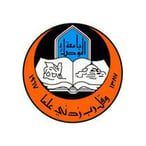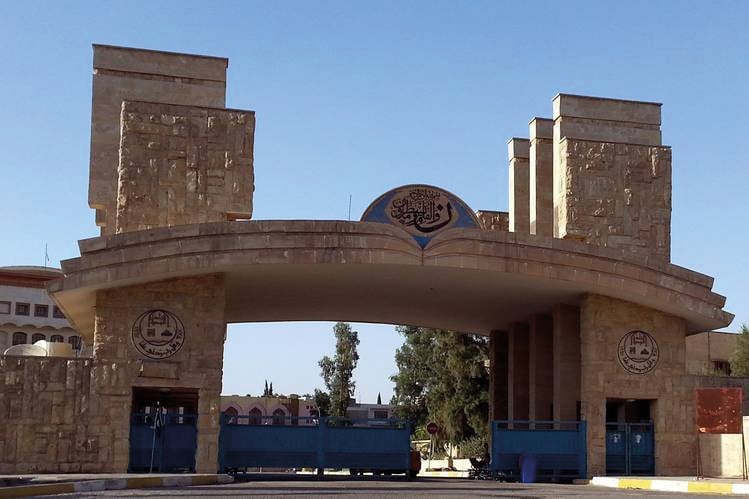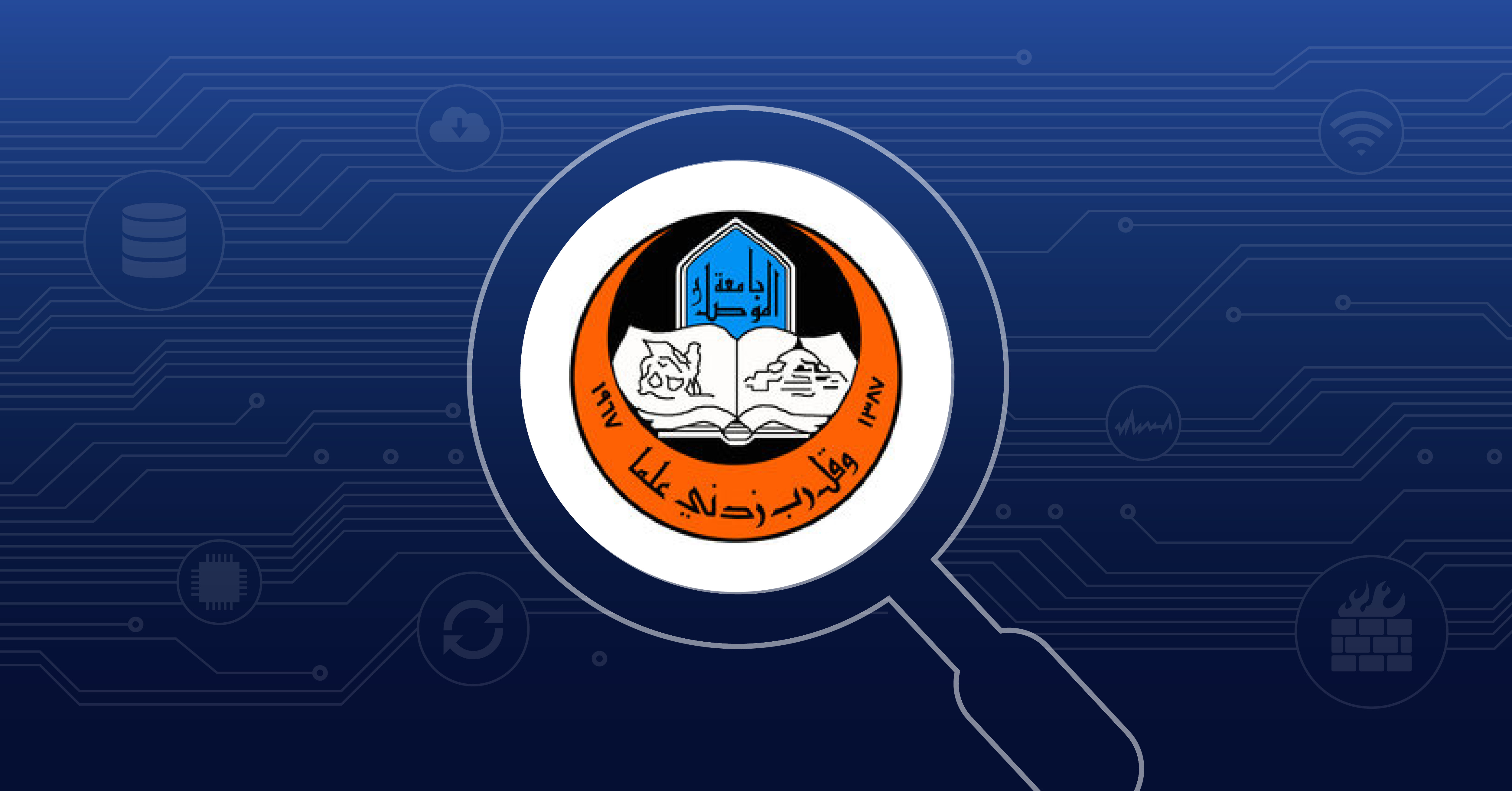The challenge
The COVID-19 pandemic has been a significant challenge that the University of Mosul IT team has had to deal with since the outbreak started. Due to lockdown restrictions, all students and staff have been working and learning remotely so the IT team has had to put in place collaborative tools, building monitors and adjust bandwidth according to staff needs and requirements.
iAbout University of Mosul
 The University of Mosul is the second-largest university in Iraq and one of the largest universities in the Middle East. It offers more than 200 programmes to over 40,000 students and boasts more than 30 research centres, museums, educational hospitals
The University of Mosul is the second-largest university in Iraq and one of the largest universities in the Middle East. It offers more than 200 programmes to over 40,000 students and boasts more than 30 research centres, museums, educational hospitals
across the establishment.
Enter PRTG
Sinan AlChalabi, IT Manager, University of Mosul and his team of IT experts and researchers signed up to Paessler’s PRTG in 2017 to help monitor the university network across its 100 buildings. It needed a network monitoring tool to provide greater visibility across the whole network including the main router, core switch, distribution switches, WiFi APs, key wireless links including point-to-point and point-to-multipoint as well as a tool that would give them the ability to monitor several buildings across the campus.
I would recommend PRTG to any educational institution as it gives IT teams peace of mind, knowing that they can monitor the network remotely even when staff are home-based or teaching online. It has enabled us to adjust our resources over time depending on our
internet usage and needs of the lecturers and teachers.
Today, the IT team has installed between 50-100 sensors to monitor the main router, switches, some critical cameras, bandwidth as well as the ISP connection. AlChalabi said: “With most of our staff now working remotely due to COVID-19, it’s useful to be able to monitor some critical data via the PRTG dashboard such as temperature, voltages and currents and optical transmissions.”
Like any university with limited resources, time is at a premium. The IT team at University of Mosul can’t spend unnecessary time managing issues with the IT network because they are also lecturers and researchers with dual role jobs. AlChalabi explained: “We spend less time problem-solving which is a real advantage of PRTG, half of our IT staff are also lecturers and researchers so the PRTG monitoring solution frees up their time so that they can focus on their main responsibilities.”
The team has also been able to reduce precious university resources and money by adjusting the amount of bandwidth required according to staff usage to accommodate online learning and the use of video conferencing software.
AlChalabi said: “We’re able to see how bandwidth usage varies month by month and adapt our subscription accordingly. This is helping us to save money because it is very expensive in Iraq compared to other countries. As our staff gradually return to the University after COVID-19, we can monitor how many people are using video conferencing software and in that case, we would need a higher level of bandwidth than just standard internet browsing. Some of our staff have poor internet connections at home so they need to come into the University to use our facilities and to be able to work efficiently
using a fast internet connection.”

The front gates of the University of Mosul
Like any major organisation, the university can’t afford for its infrastructure to go down – it’s far too costly.
AlChalabi said: “We use PRTG to monitor the temperature in our main data centre which is in a remote location, far away from the main campus. This is crucial because sometimes there can be a problem with the air conditioning which helps to regulate the temperature. One of the advantages of the PRTG tool is that it can alert me when the temperature goes over a certain level so I can send someone to fix the air conditioning unit straight away.”
For AlChalabi and his team, this is only the beginning as they have ambitions to expand monitoring further across the university network. He said: “As we are such a large organisation we need to have a regular overview of the buildings across the campus. We’re looking to increase the number of sensors in the coming years for our college of medicine and our college of engineering so that we can gather even more useful data about how our network and university infrastructure is performing and find ways to make it more efficient as well as saving money. We’re also hoping to increase the monitoring of optical transmissions to gain better visibility of our buildings remotely and improve our security infrastructure.”
 Published by
Published by 












